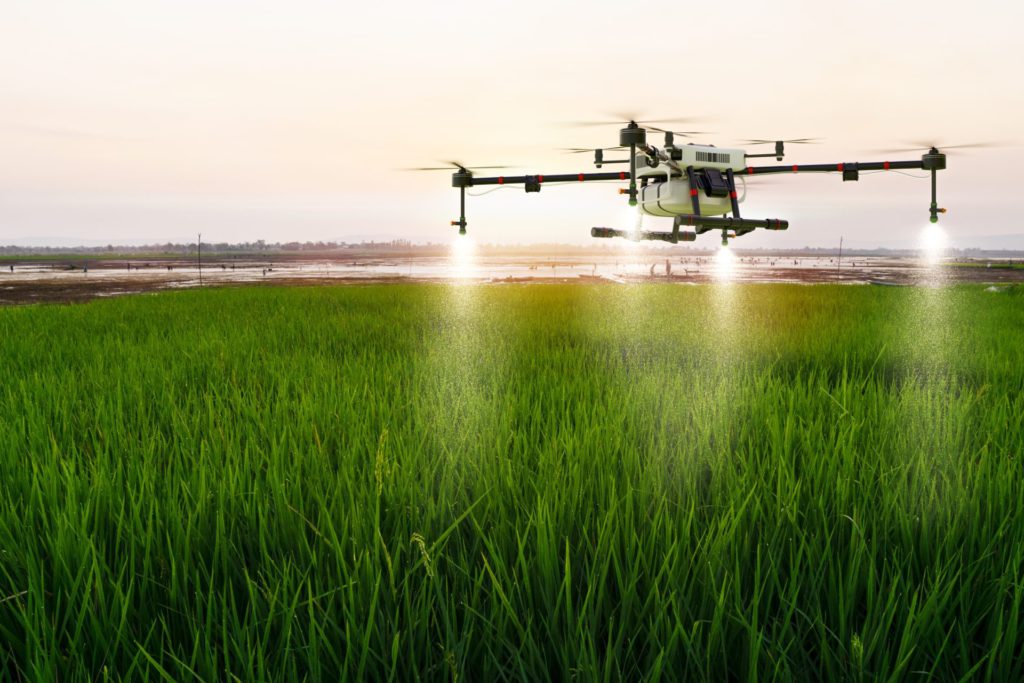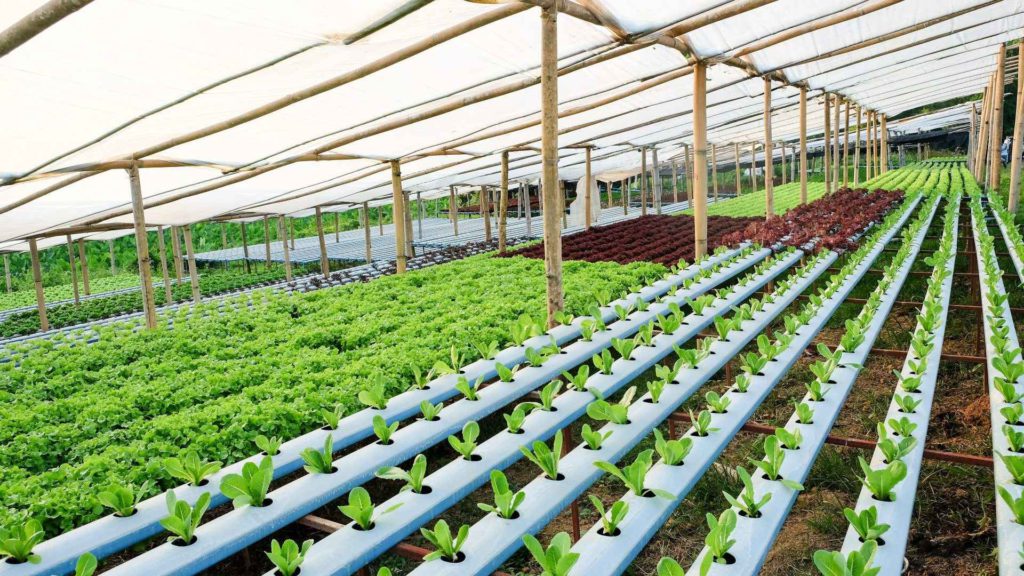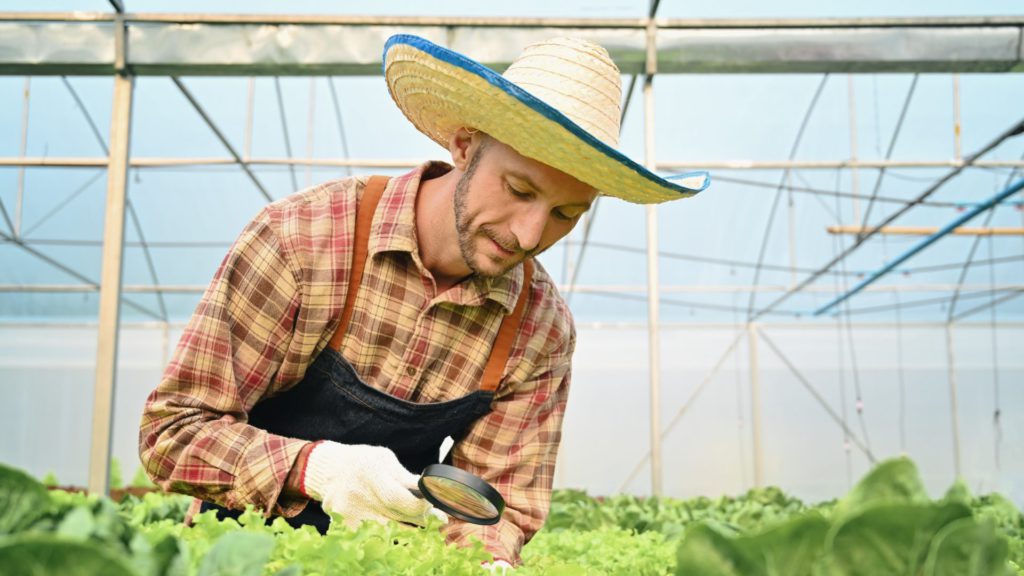Solutions

Diagonal Ventures' Sustainability Solutions
Empowering Sustainable Agriculture for a Resilient Future
Commodities and agriculture stand as the cornerstones of global economic development, providing sustenance to the world while grappling with the challenges posed by climate change. Farming, fundamentally a business, hinges on profitability for the sustainable production of affordable food However, farmers often navigate the perilous terrain of thin margins, wrestling with low commodity prices and rising input costs, which can swiftly plunge them into financial crises.
Driving Transition to Regenerative Agriculture To orchestrate a large-scale shift from conventional to regenerative agricultural practices, it is imperative to safeguard and, if possible, bolster the profitability of growers throughout this transformation. For this purpose, a suite of strategic interventions within the agricultural supply chain
can both create attractive markets for regenerative products and mitigate financial risks borne by farmers.
Embracing Sustainability with Diagonal Ventures Diagonal Ventures is committed to revolutionizing agriculture by promoting sustainability and
profitability hand: in hand. Our innovative approach centers around regenerative agriculture and the emerging voluntary soil carbon markets. These initiatives pave the way for a modern, resilient, and secure food system.
Key Features of Diagonal Ventures’ Sustainability Solutions:
- Insightful Field Practices: Harness the power of advanced remote sensing and computer vision to validate and understand regenerative practice adoption rates in target regions for sourcing or incentive programs.
- Establishing the Baseline: Identify the baseline total cropland emissions and carbon intensities (CO2e/yield) for individual crops across various boundaries like watersheds, counties, and draw distances.
- Strategic Planning with What-If Analysis: Project regenerative grain and inset supply scenarios, enabling a deep comprehension of how new practice adoption can curtail absolute emissions and intensity over time.
- Tracking Progress towards Sustainability Goals: Quantify your progress in achieving Scope 3 reduction targets, aligning with global standards like CDP and SBTi, using adaptable modeling, verification, and reporting tools.







